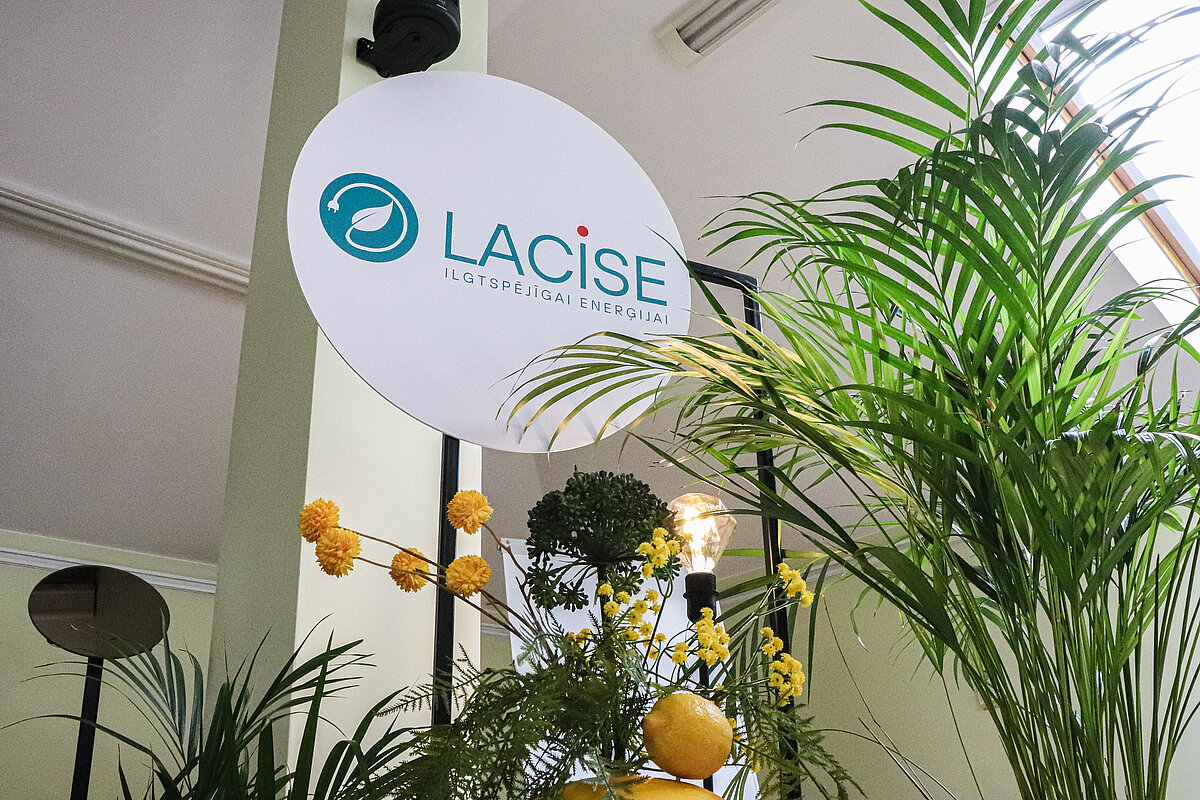
The Institute of Solid State Physics, University of Latvia (ISSP UL) is pleased to take part in a new Latvian–Swiss cooperation project, with one of its core goals being to advance more sustainable and efficient energy storage and transmission solutions under the project LACISE. The initiative will run from 2025 to 2029 and will bring together leading academic institutions and companies from both countries.
Project coordinator and head of ISSP UL’s Energy Materials Laboratory, Gints Kučinskis, told the media that this collaboration will significantly enhance research in smart grids, energy storage technologies, batteries, and hydrogen energy materials. “In addition to that, we’ll also be developing long-term partnerships with Switzerland’s top research institutions, providing a valuable platform for high-level research activities over the next four and a half years. It also creates opportunities to train and mentor students – preparing them to become future scientists and industry experts in these critically important and fast-growing fields,” Kučinskis said.
Speaking about the project in more detail, he added that on the Latvian side, ISSP UL researchers will lead the energy storage section of the initiative (in cooperation with Riga Technical University), focusing on battery material development and hydrogen production. Scientists will explore how cobalt-free materials, made from more accessible resources and with a smaller environmental impact, could be used in cathodes without compromising performance. One such candidate is lithium iron manganese phosphate, which could be used in economical lithium-ion batteries designed for applications that allow for greater weight and size.
In conclusion, Gints also highlighted the growing importance of balancing the electrical grid – as the share of electricity generated from renewable resources increases, so too must our capacity to store that energy. “You can switch off a gas turbine when there’s enough electricity, but you can’t stop the sun or wind – that’s why it’s important to keep in mind the interdisciplinary nature of innovation,” he added.